Museums and Art in Bolivia, nestled in the heart of South America, Bolivia is a country with a rich cultural tapestry woven from the threads of indigenous traditions, colonial influences, and contemporary expressions. The art scene in Bolivia is a vibrant reflection of this diversity, with museums serving as custodians of the nation’s cultural treasures. In this extensive exploration, we will journey through Bolivia’s prominent museums, each a portal into the country’s artistic soul, and delve into the lives and works of maestros who have shaped Bolivia’s cultural narrative.
Museo Nacional de Arte (MNA), La Paz
Pinnacle of Bolivian Art – Museo Nacional de Arte
Historical Odyssey: From Colonial to Contemporary
Colonial Art and Modern Masterpieces
Museo Nacional de Arte (MNA) in La Paz stands as a pinnacle of Bolivian art, offering a captivating journey through the country’s historical and artistic odyssey. The museum’s collection spans from colonial art, with works by artists like Melchor Pérez de Holguín, to modern masterpieces that capture Bolivia’s contemporary artistic spirit.
Melchor Pérez de Holguín: Colonial Visionary
Baroque Splendor in Bolivian Art
Melchor Pérez de Holguín, a prominent figure in Bolivia’s colonial art scene, was a visionary whose Baroque splendor left an indelible mark. MNA pays homage to Pérez de Holguín’s contributions, showcasing his religious paintings that reflect the syncretic fusion of indigenous and European influences.
Bolivian Contemporary Art: Voices of Innovation
Exhibitions and Emerging Artists
Museo Nacional de Arte serves as a platform for Bolivian contemporary art, featuring exhibitions that amplify the voices of emerging artists. The museum becomes a dynamic space where innovation and tradition converge, contributing to the ongoing dialogue of Bolivian artistic expressions.
Museo Tambo Quirquincho, La Paz
Indigenous Threads – Museo Tambo Quirquincho
Cultural Nexus: Embracing Indigenous Heritage
Indigenous Art and Ethnographic Collections
Museo Tambo Quirquincho in La Paz serves as a cultural nexus, embracing Bolivia’s indigenous heritage through its rich collection of art and ethnographic artifacts. The museum showcases works by Marina Núñez del Prado, an artist whose sculptures embody the spiritual essence of Andean traditions.
Marina Núñez del Prado: Andean Spirituality in Sculpture
Sculpting the Essence of Andean Life
Marina Núñez del Prado’s sculptures transcend the physical form, capturing the essence of Andean spirituality. Museo Tambo Quirquincho becomes a sanctuary where visitors can engage with the tactile beauty of Núñez del Prado’s creations, connecting with the spiritual heartbeat of Bolivia’s indigenous traditions.
Folk Art Festivals: Celebrating Cultural Diversity
Annual Events and Artisan Showcases
The museum actively engages in celebrating Bolivia’s cultural diversity through folk art festivals. These annual events feature artisan showcases, traditional performances, and interactive experiences that immerse visitors in the vibrant tapestry of Bolivia’s indigenous arts.
Museo de Arte Contemporáneo Plaza, La Paz
Contemporary Dialogues – Museo de Arte Contemporáneo Plaza
URL: Museo de Arte Contemporáneo Plaza
Urban Canvas: Exploring Bolivian Contemporary Art
Exhibitions and Multimedia Installations
Museo de Arte Contemporáneo Plaza in La Paz transforms into an urban canvas, inviting visitors to explore Bolivian contemporary art through exhibitions and multimedia installations. The museum features maestros like Sonia Falcone, whose innovative artworks challenge conventional boundaries.
Sonia Falcone: Innovations in Contemporary Art
Multimedia Explorations and Social Commentary
Sonia Falcone’s contributions to contemporary art involve multimedia explorations and social commentary. Museo de Arte Contemporáneo Plaza becomes a platform for Falcone’s thought-provoking installations, engaging visitors in dialogues about identity, society, and the ever-evolving nature of art.
Artistic Residencies: Fostering Creative Exchange
International Collaborations and Residency Programs
The museum actively fosters creative exchange through artistic residencies and international collaborations. Museo de Arte Contemporáneo Plaza becomes a hub where Bolivian artists connect with global perspectives, contributing to the enriching dialogue within the contemporary art scene.
Museo Nacional de Etnografía y Folklore (MUSEF), La Paz
Living Traditions – Museo Nacional de Etnografía y Folklore
URL: Museo Nacional de Etnografía y Folklore
Ethnographic Explorations: Diving into Bolivian Traditions
Folk Art and Traditional Costumes
Museo Nacional de Etnografía y Folklore (MUSEF) in La Paz embarks on ethnographic explorations, inviting visitors to dive into the living traditions of Bolivia. The museum features maestros like Mamani Mamani, a contemporary painter known for his vibrant depictions of Andean landscapes and traditions.
Mamani Mamani: Colors of Andean Spirituality
Contemporary Paintings and Murals
Mamani Mamani’s use of bold colors and symbolic motifs in his contemporary paintings and murals reflects the spiritual richness of Andean traditions. MUSEF becomes a gallery where the vibrant colors of Mamani’s artworks echo the spiritual heartbeat of Bolivia’s indigenous communities.
Cultural Festivals: An Ongoing Celebration
Annual Events and Indigenous Art Showcases
The museum actively participates in cultural festivals, hosting annual events that showcase indigenous art, traditional music, and dance. MUSEF becomes a space where Bolivia’s living traditions are not only preserved but also celebrated as an ongoing, dynamic expression of the nation’s cultural identity.
Museo de la Casa de la Moneda, Potosí
Colonial Opulence – Museo de la Casa de la Moneda
URL: Museo de la Casa de la Moneda
Numismatic Treasures: Journey into Bolivia’s Colonial Economy
Historical Artifacts and Minting Machinery
Museo de la Casa de la Moneda in Potosí takes visitors on a journey into Bolivia’s colonial economy through numismatic treasures, historical artifacts, and minting machinery. The museum features maestros like Diego Quispe Tito, a renowned Quechua painter from the colonial era.
Diego Quispe Tito: Colonial Masterpiece
Baroque Paintings and Religious Imagery
Diego Quispe Tito’s Baroque paintings and religious imagery are showcased within the opulent halls of Museo de la Casa de la Moneda. The museum becomes a time capsule, preserving the colonial masterpiece of Quispe Tito and offering insights into the artistic legacy of Bolivia’s colonial period.
Interactive Workshops: Unveiling Colonial Craftsmanship
Educational Programs and Craft Demonstrations
The museum engages visitors through interactive workshops, unveiling the craftsmanship of Bolivia’s colonial era. Educational programs and craft demonstrations provide a hands-on experience, allowing visitors to appreciate the skill and artistry behind the colonial treasures housed in Museo de la Casa de la Moneda.
Fundación Cultural del Banco Central de Bolivia, Sucre
Cultural Sanctuary – Fundación Cultural del Banco Central de Bolivia
URL: Fundación Cultural del Banco Central de Bolivia
Preserving Cultural Wealth: From Art to Archaeology
Visual Arts, Archaeological Collections, and Performing Arts
Fundación Cultural del Banco Central de Bolivia in Sucre serves as a cultural sanctuary, preserving Bolivia’s cultural wealth through visual arts, archaeological collections, and performing arts. The foundation features maestros like Graciela Rodo Boulanger, a renowned painter and sculptor.
Graciela Rodo Boulanger: Whimsical Expressions
International Recognition and Sculptural Innovations
Graciela Rodo Boulanger’s whimsical expressions in painting and sculpture have garnered international recognition. The foundation becomes a gallery where Boulanger’s artworks, characterized by their playful yet profound themes, contribute to the multifaceted narrative of Bolivian art.
Cultural Events: A Confluence of Artistic Disciplines
Concerts, Exhibitions, and Dance Performances
Fundación Cultural del Banco Central de Bolivia hosts cultural events that bring together various artistic disciplines. From concerts and exhibitions to dance performances, the foundation becomes a confluence of creativity, emphasizing the interconnectedness of Bolivian arts and culture.
Conclusion
Bolivia’s artistic landscape is a kaleidoscope of colors, traditions, and innovations, showcased within the corridors of its museums. These cultural institutions, from the Museo Nacional de Arte’s historical odyssey to the Museo Tambo Quirquincho’s embrace of indigenous threads, contribute to the nation’s vibrant artistic narrative.
The maestros featured in this exploration, from Melchor Pérez de Holguín’s colonial visions to Sonia Falcone’s contemporary innovations, have left an indelible mark on Bolivia’s cultural identity. As we traverse the diverse museums of Bolivia, we embark on a journey that reflects the resilience, creativity, and cultural harmony of a nation whose artistic kaleidoscope continues to evolve, contributing to the global dialogue of cultural expression. This exploration is a celebration of Bolivia’s artistic richness, a testament to the enduring spirit of its people, and a recognition of the transformative power of creativity in shaping the soul of a nation.


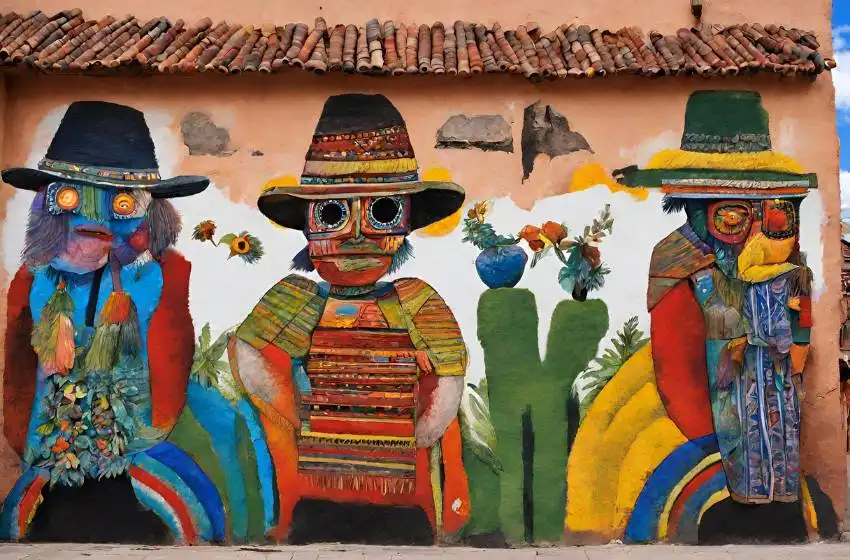
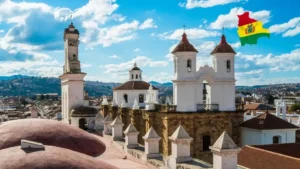
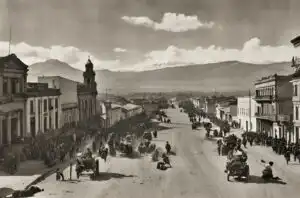
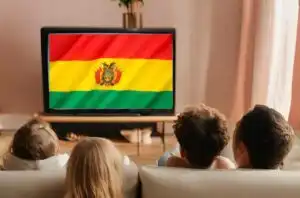
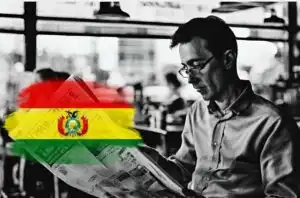

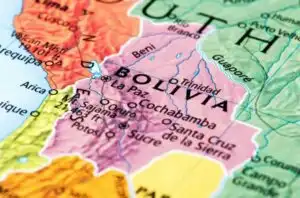
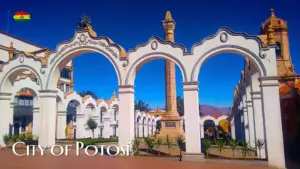
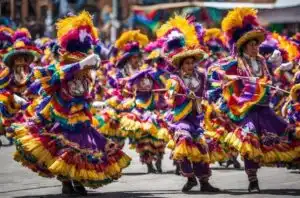
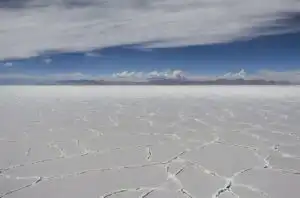
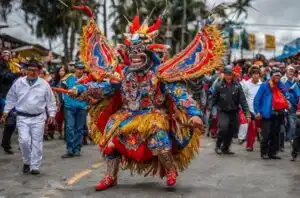
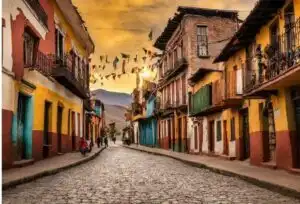
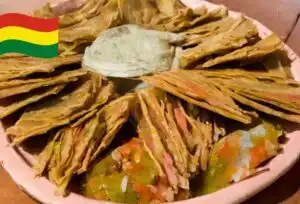
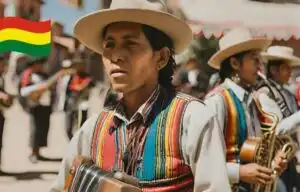
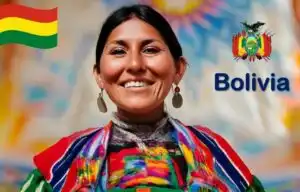
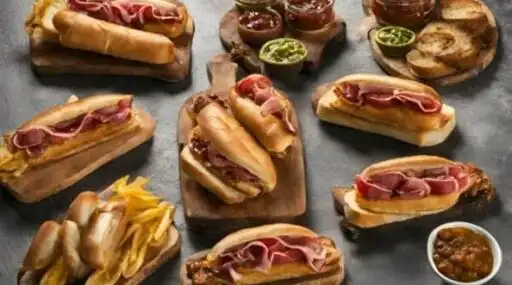
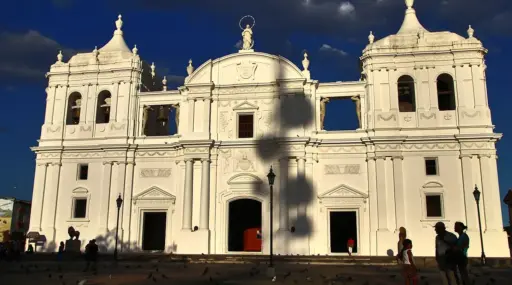
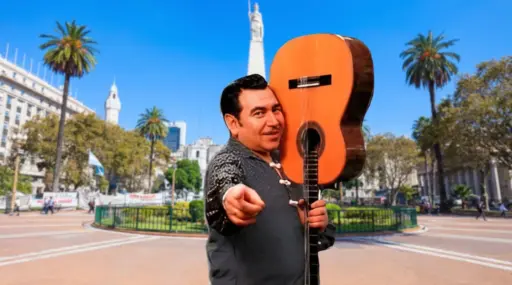
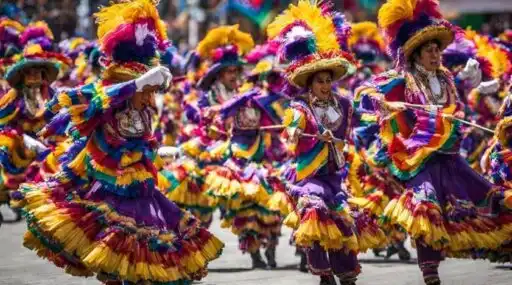
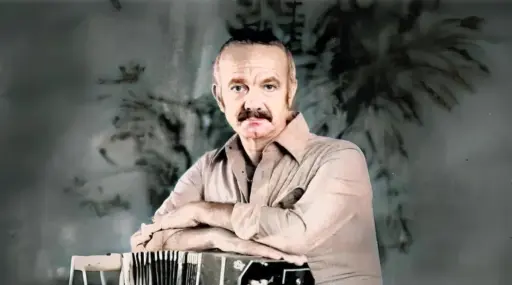
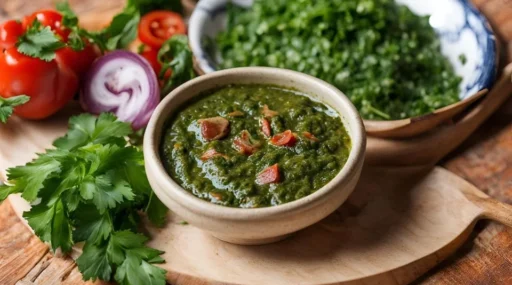



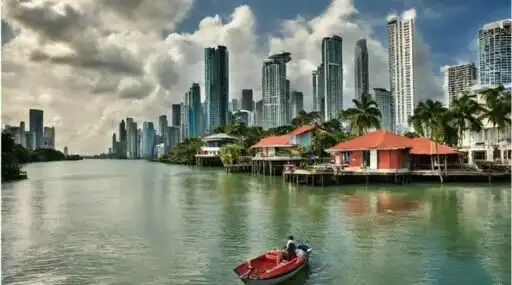

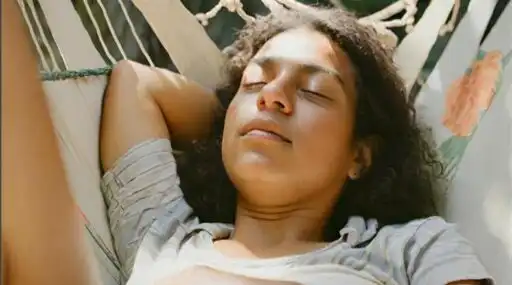


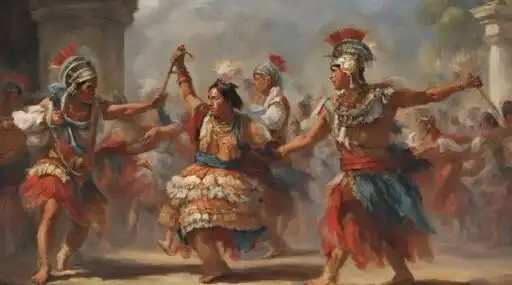

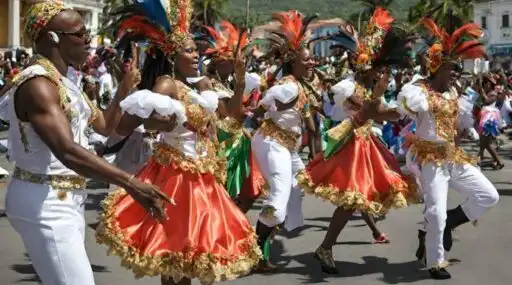
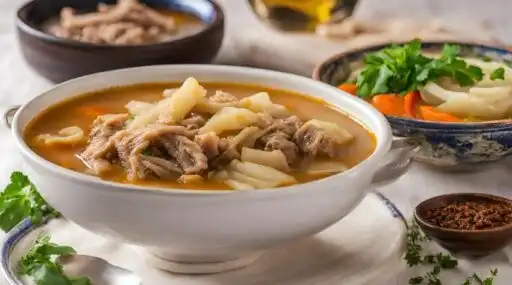
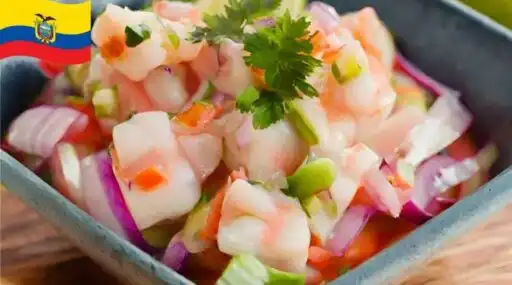
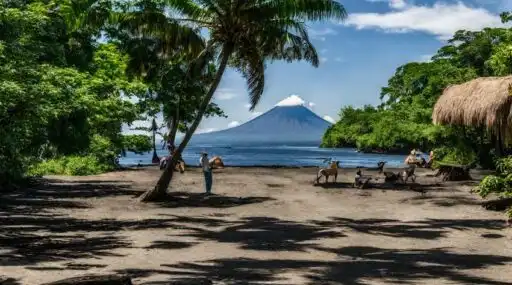
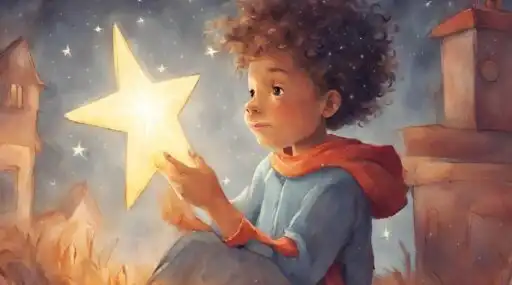
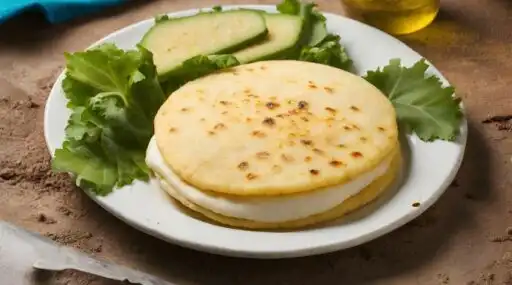
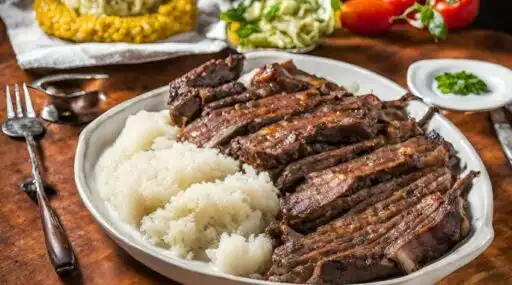
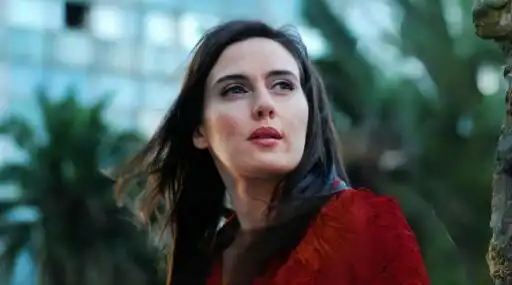

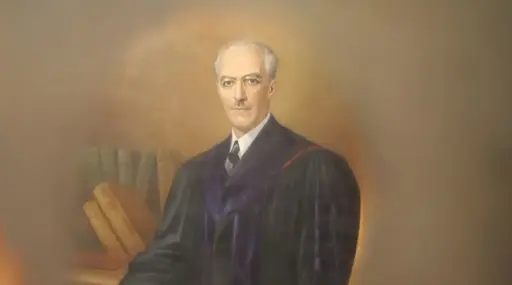
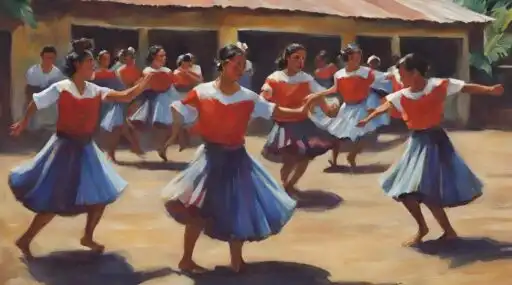

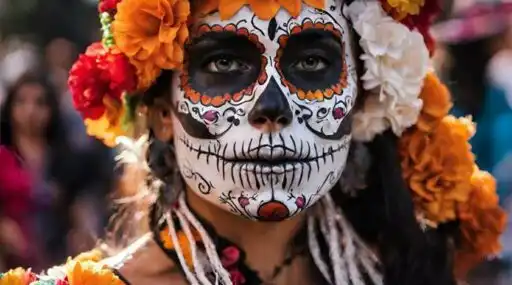
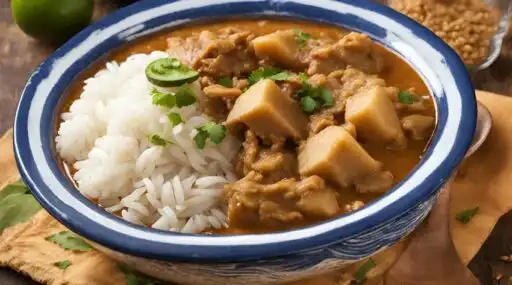
Leave a Reply